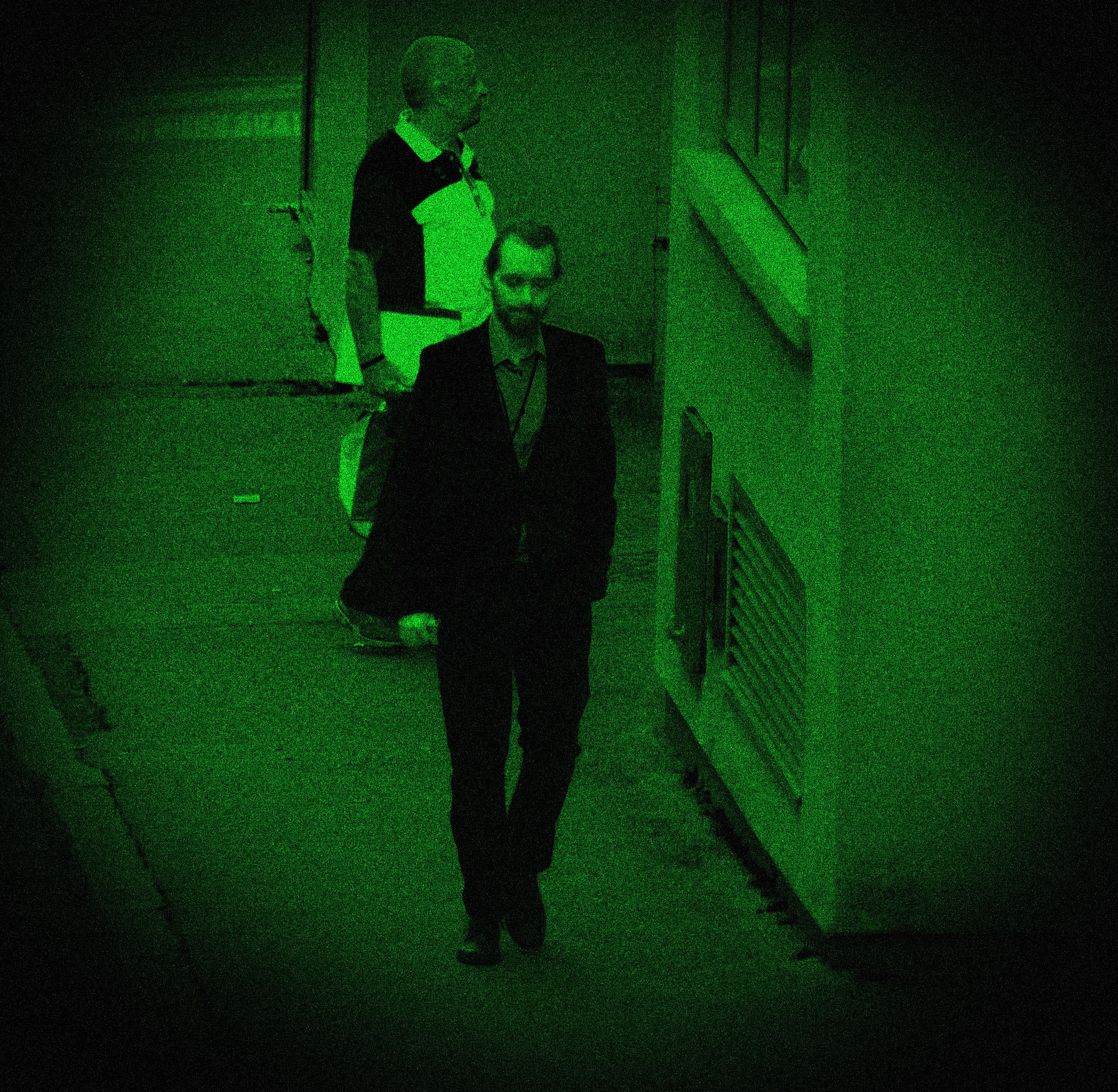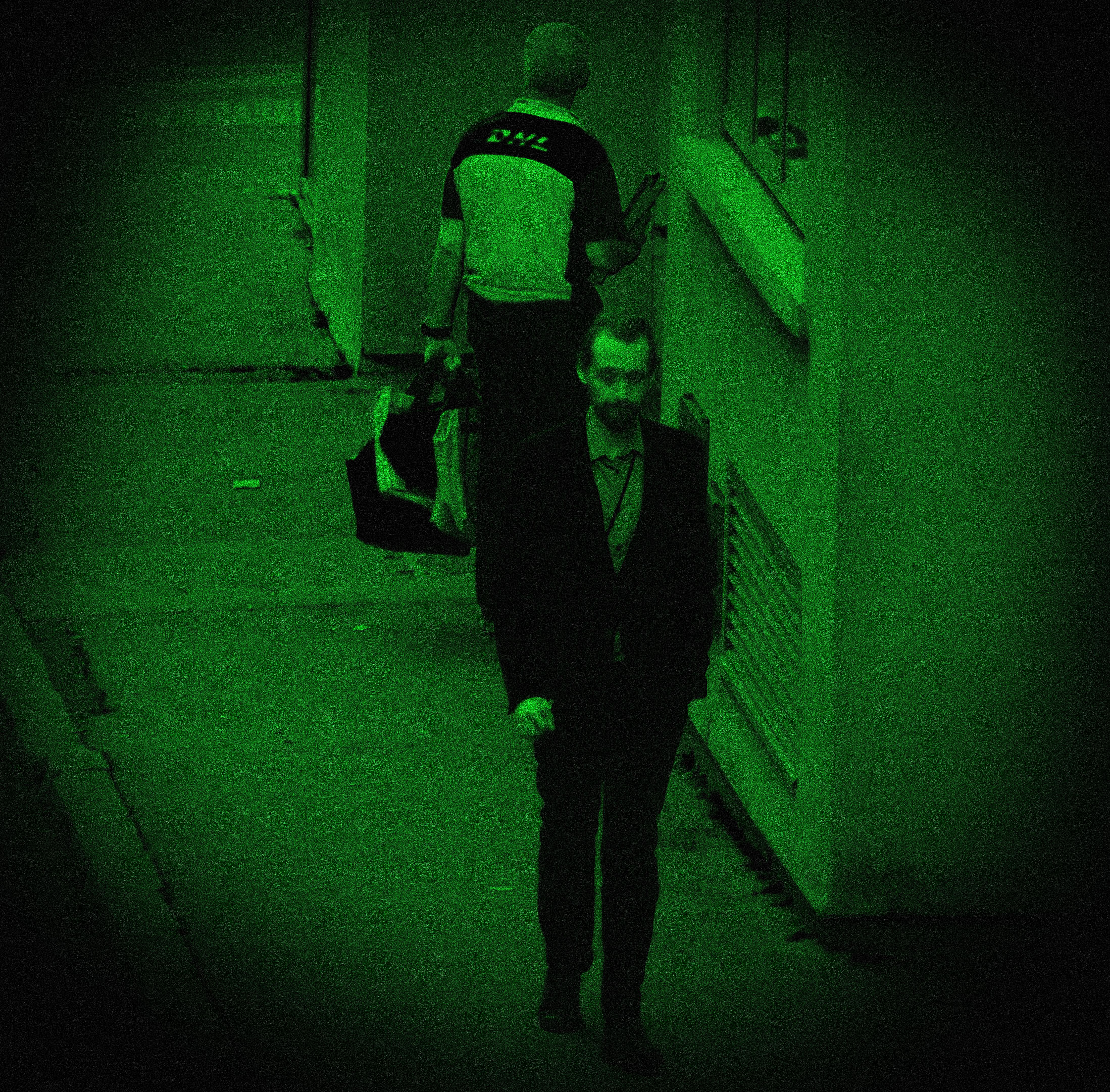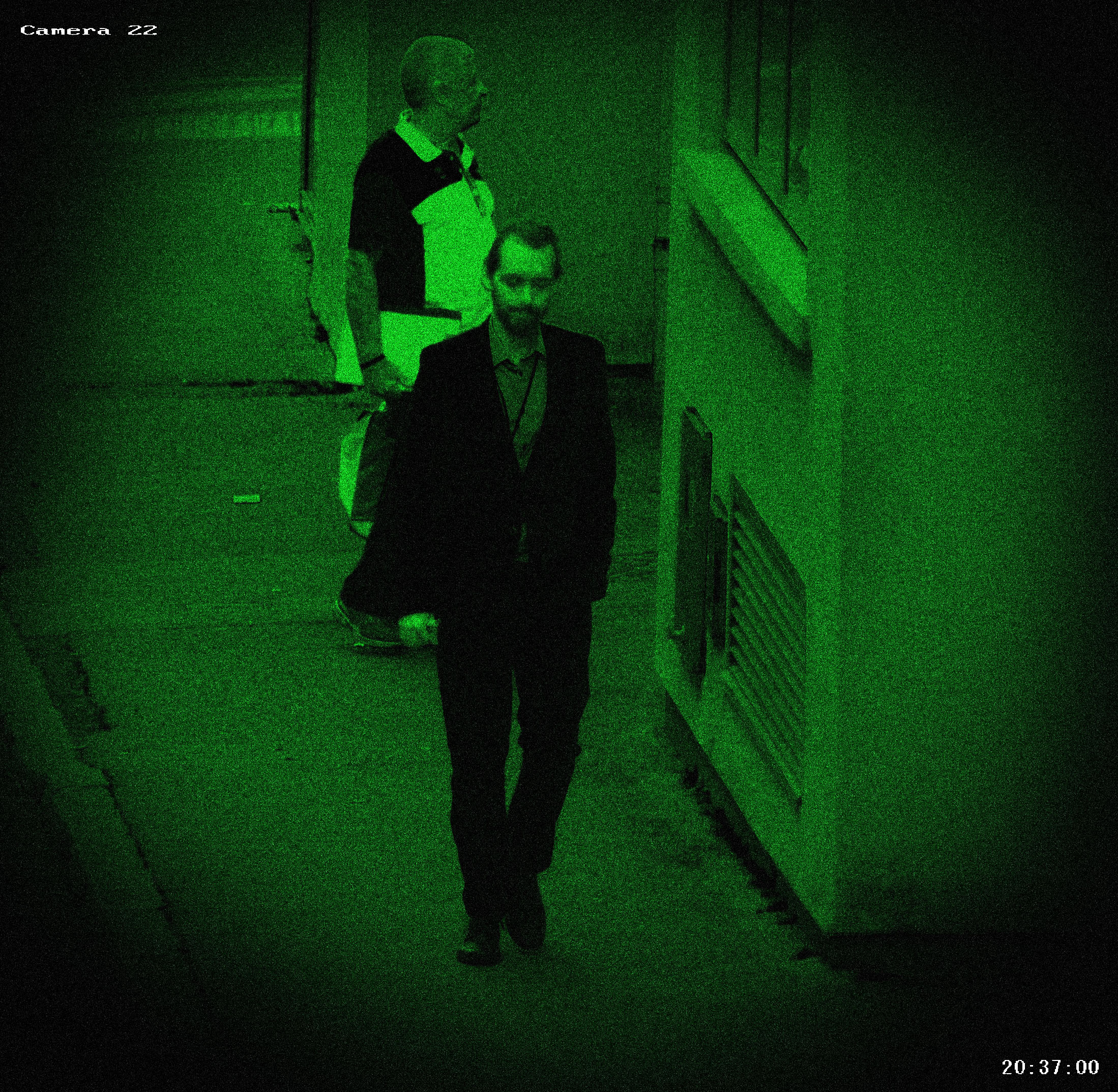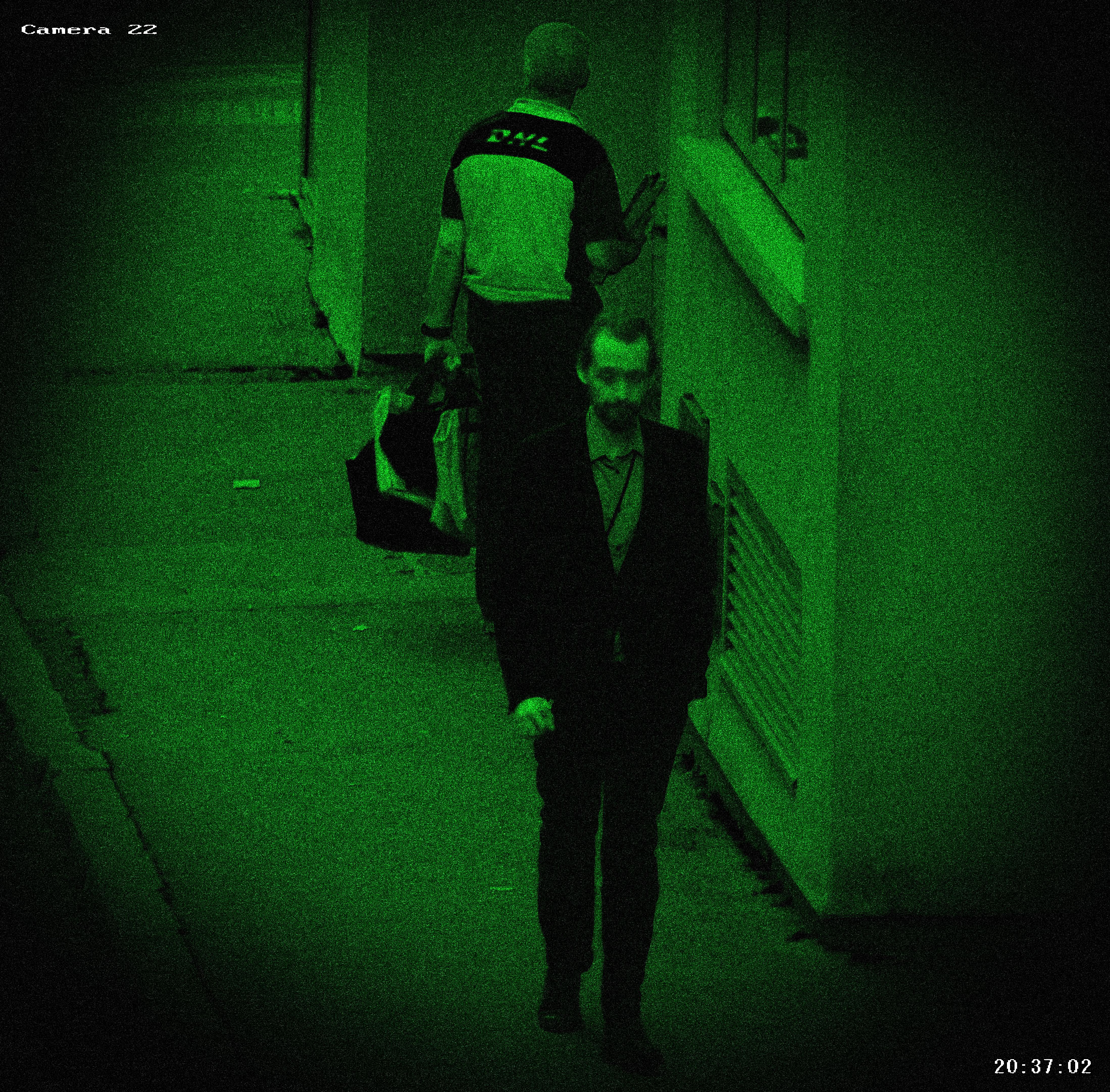 Image taken by J Henry Fair: Industrial scars
Image taken by J Henry Fair: Industrial scars
Taken by photographer J Henry Fair, the image aims to highlight the tragic effects that human actions have caused and their impact on our planet. Each image is made purposely beautiful due to the colours which give it an aesthetic quality, however there is a deeper meaning underlying every photo, represented through our ever-increasing demand for energy, which rapidly changes because of our ever-increasing consumerism. This image itself aims at exposing what is left over from the results of our societies demands, by revealing these devastating results Fair hopes to shed light onto people’s perspective of the planet, attempting to make us realize how responsible we are for the environmental future of this planet. Visually the image mixes vibrant and earth like colours together to produce an aesthetically pleasing results, by placing these contrasting colours against each other in an environment that you would not usually associate them together in really sheds light onto the almost permanent scars left behind from our demands and consumerism. By photographing the layers of the mine it portrays the depths that we go to achieve what we want and how deep these scars left behind from it have become, giving us an insight into the sheer size of our global crisis.
By portraying the scarred landscape in such a symmetrical way it almost distracts us from the actual problem at hand and how unnatural it is to see something like this present on our landscape. The use of earthy browns combined with violets and blues can be seen as symbolic to through the unnatural colours, represented by the red and blue chemicals it could be seen as the humans marks that have been placed using chemicals and other means to acquire the materials we desire, however the dark earth brown colours can be seen as the natural landscape which surrounds the areas wherever we leave scars, and how once disturbed cannot be replaced and replenished.
Visually the image is very aesthetic, as the dark mixture of colours such as deep reds, browns and blues compliment each other so that it no longer becomes an earthy texture but a stained and scarred landscape. The layering of the earth hills itself provides a clear perspective into the sheer size of the actual quarry, with each step providing depth into the overall photo, however this is broken up through the use of the road which runs horizontally down the hill, preventing the generic patterns from becoming too overpowering and dull. By doing this no only do it bring the image together but also adds contrast and definition to the piece from the implementation of shadows which surround it.
Technically this image itself has a fairly regular exposure where only dark shadows have been captured and probably a slightly higher shutter speed in order to capture the full quality of the landscape. The road within the image provides the main focal point for the viewer whose attention is instantly drawn towards it due to it being the break of the continual pattern, from there it allows the viewer to explore the rest of the landscape in contrast to the actual pathway itself which seems almost out-of-place. The roads which separate each section of the hill really provide an overall look of aestheticism in the picture as by capture the image any lower would have blocked them out thus resulting in a continual hill of colours.







:no_upscale()/cdn.vox-cdn.com/uploads/chorus_asset/file/4743513/ps5.0.jpg)
 Image taken by J Henry Fair: Industrial scars
Image taken by J Henry Fair: Industrial scars